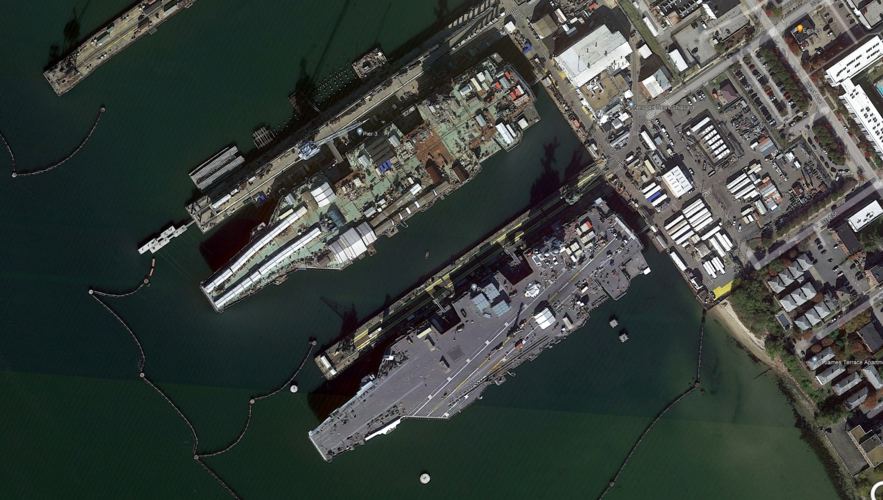You are using an out of date browser. It may not display this or other websites correctly.
You should upgrade or use an alternative browser.
You should upgrade or use an alternative browser.
Gerald R. Ford Class CVN
- Thread starter Triton
- Start date
Seriously, that guy needs a big pair of spectacles. Missing such a huge target by so little ! And with such a large explosion...
Imagine, if they actually HIT the carrier and blew it up... the maniacs !
Imagine, if they actually HIT the carrier and blew it up... the maniacs !
aonestudio
I really should change my personal text
- Joined
- 11 March 2018
- Messages
- 2,964
- Reaction score
- 7,493
That whale had serious intestinal problems... awesome video, really. Damn, 40 000 pounds of high explosives ! Is there any relation whatsoever with the largest Soviet / Russian antiship missiles ? or with the "mother of all bombs" in Russia and America ?
SSgtC
ACCESS: Top Secret
- Joined
- 13 July 2020
- Messages
- 1,241
- Reaction score
- 2,890
It's nearly double the total weight of the MOAB (21,600 pounds) and more than double the explosive weight of the MOAB (40,000 pounds vs "only" 18,700). If my math is right, and I'm dealing with a head cold so it may not be, the explosion at of by the USN is only something like .02 kilotons. So far larger than the biggest conventional weapons, and far smaller than all but a handful of nukes (the SADM is about the only I could think of smaller with a yield of about .01KT).That whale had serious intestinal problems... awesome video, really. Damn, 40 000 pounds of high explosives ! Is there any relation whatsoever with the largest Soviet / Russian antiship missiles ? or with the "mother of all bombs" in Russia and America ?
I think shock testing uses such huge amounts to duplicate a much smaller, more local explosion (a torpedo or mine). In order to duplicate the shockwave of such an event without actually penetrating the hull, very large explosions much further away are used.
Firefinder
ACCESS: Top Secret
- Joined
- 5 October 2019
- Messages
- 1,048
- Reaction score
- 1,901
I have to admit, when I first learned about shock testing, I was kinda like 'you got to be shitting me', especially the fact sailors are actually based on board the target ship.
Do other navies go through this process? I tried searching for any relevant tests and documents a few times and have never turned anything up, but I assume this isn't strictly a USN practice?
Do other navies go through this process? I tried searching for any relevant tests and documents a few times and have never turned anything up, but I assume this isn't strictly a USN practice?
- Joined
- 4 July 2010
- Messages
- 2,515
- Reaction score
- 3,093
There's actually a NATO standard for shock testing, STANAG 4137. The Danes were quite chuffed when their frigates, which use a lot of commercial design and build elements, aced their 4137 rating.I have to admit, when I first learned about shock testing, I was kinda like 'you got to be shitting me', especially the fact sailors are actually based on board the target ship.
Do other navies go through this process? I tried searching for any relevant tests and documents a few times and have never turned anything up, but I assume this isn't strictly a USN practice?
The CVN shock trial program is usually quite a bit more rigorous than the standard.
aonestudio
I really should change my personal text
- Joined
- 11 March 2018
- Messages
- 2,964
- Reaction score
- 7,493
aonestudio
I really should change my personal text
- Joined
- 11 March 2018
- Messages
- 2,964
- Reaction score
- 7,493
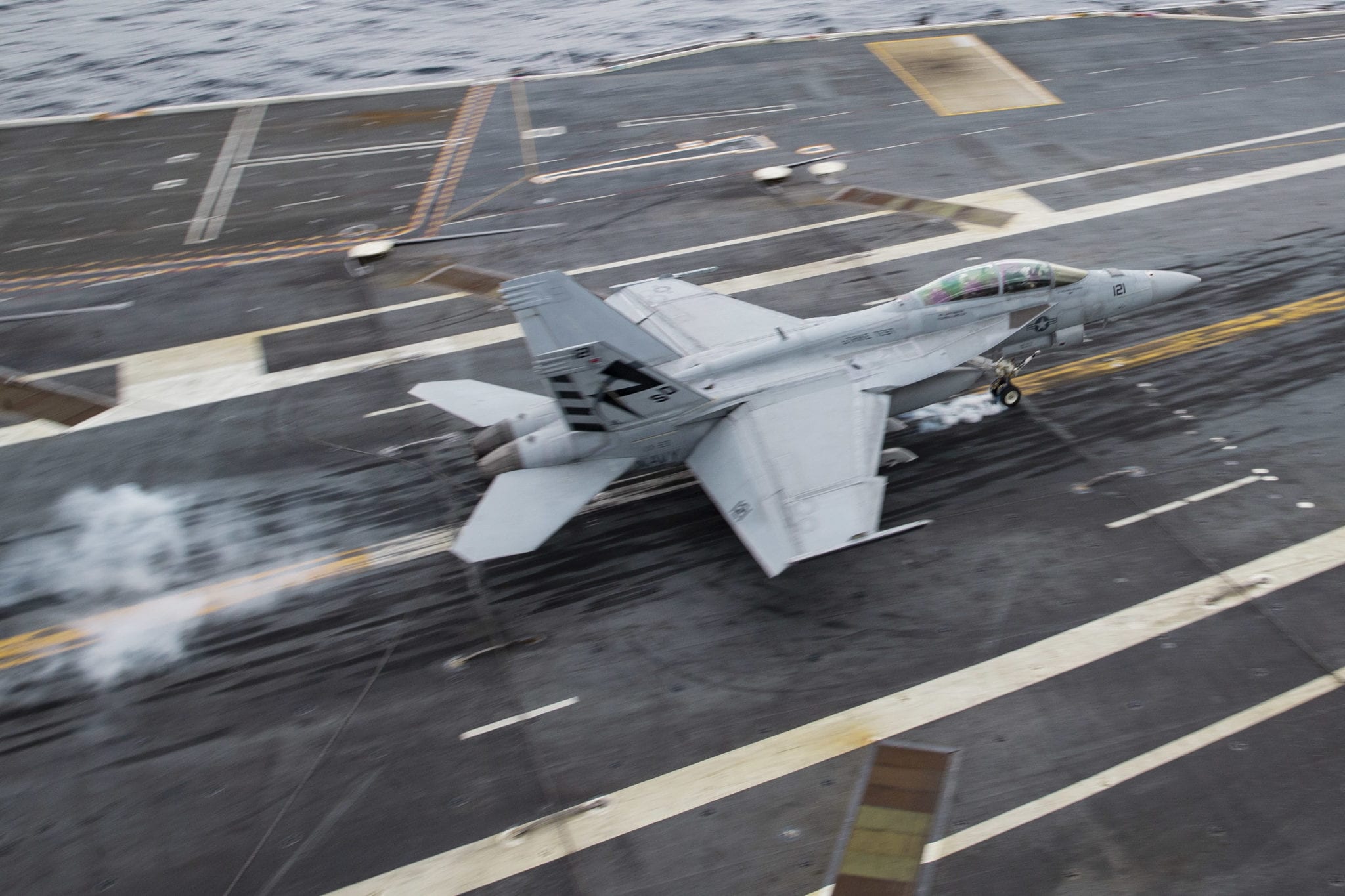
General Atomics Continues On-Time Delivery of EMALS, AAG for CVN 79, CVN 80 - Seapower
General Atomics Continues On-Time Delivery of EMALS, AAG for CVN 79, CVN 80 Front Page
aonestudio
I really should change my personal text
- Joined
- 11 March 2018
- Messages
- 2,964
- Reaction score
- 7,493
View: https://twitter.com/USNavy/status/1416352504615522310

 www.dvidshub.net
www.dvidshub.net

USS Gerald R. Ford (CVN 78) Conducts Shock Trials
USS Gerald R. Ford (CVN 78) successfully completed the second of three scheduled explosive events for Full Ship Shock Trials (FSST), July 16, 2021. The shock trials are designed to demonstrate the ship’s ability to withstand the effects of nearby underwater explosion and retain required...
jsport
what do you know about surfing Major? you're from-
- Joined
- 27 July 2011
- Messages
- 7,732
- Reaction score
- 5,751
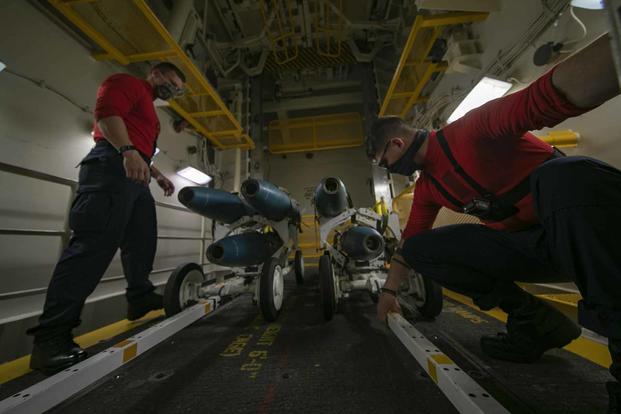
All of Aircraft Carrier Ford's Weapons Elevators Will Be Ready by End of Year Despite Long Delay, Navy Says
The Ford's elevator systems use new technology -- high-powered magnets instead of cables -- to move ordnance.
aonestudio
I really should change my personal text
- Joined
- 11 March 2018
- Messages
- 2,964
- Reaction score
- 7,493
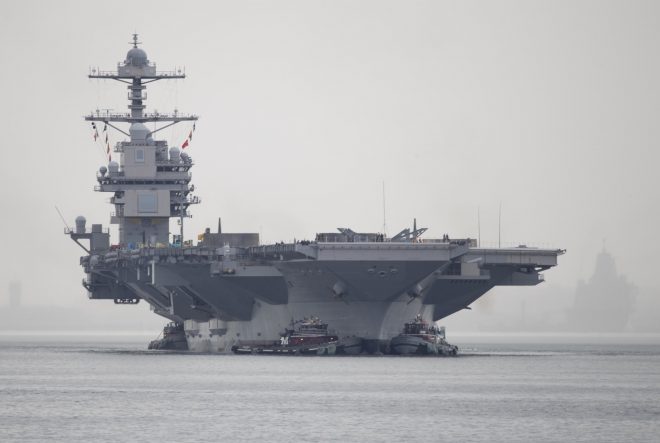
Strike Group Commander: USS Gerald R. Ford Set For First Deployment in 2022 - USNI News
The Navy is set to deploy USS Gerald R. Ford (CVN-78) for the first time in 2022, four years later than the original maiden deployment date of 2018. After facing a series of delays and working out reliability problems with multiple new technologies, the $13 billion lead ship in the new Ford...
aonestudio
I really should change my personal text
- Joined
- 11 March 2018
- Messages
- 2,964
- Reaction score
- 7,493
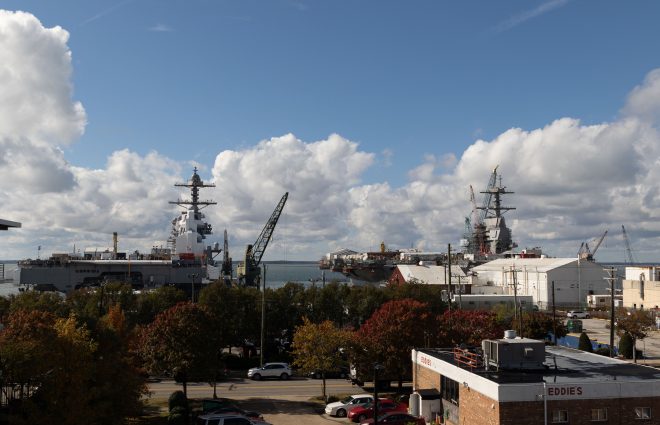
USS Gerald R. Ford Needs Parts from Carrier Kennedy for Repairs; Navy Says 'Cannibalization' Won't Delay JFK Schedule - USNI News
The Navy is taking parts from an aircraft carrier currently under construction and placing them on USS Gerald R. Ford (CVN-78) so the lead ship is ready to deploy next year, USNI News has learned. The parts are coming from the future USS John F. Kennedy (CVN-79), the second ship in the Ford...
- Joined
- 29 November 2010
- Messages
- 1,775
- Reaction score
- 3,479
damn, as politicians Ford already took parts from Kennedy and now as carriers, Ford is still taking parts from Kennedy
USS Gerald R. Ford Needs Parts from Carrier Kennedy for Repairs; Navy Says 'Cannibalization' Won't Delay JFK Schedule - USNI News
The Navy is taking parts from an aircraft carrier currently under construction and placing them on USS Gerald R. Ford (CVN-78) so the lead ship is ready to deploy next year, USNI News has learned. The parts are coming from the future USS John F. Kennedy (CVN-79), the second ship in the Ford...news.usni.org
aonestudio
I really should change my personal text
- Joined
- 11 March 2018
- Messages
- 2,964
- Reaction score
- 7,493

US Navy’s supercarrier launch and recover F-35s for first time
The USS George H. W. Bush (CVN-77), the newest of the U.S. Navy fleet's operational carriers, launched and recovered Lockheed Martin F-35C Lightning II aircraft for the first time Dec. 12. According to a recent Navy news release, the F-35C carrier variant is the future of weapon system...
- Joined
- 3 June 2011
- Messages
- 18,337
- Reaction score
- 12,239
Why is this in the Ford thread?
US Navy’s supercarrier launch and recover F-35s for first time
The USS George H. W. Bush (CVN-77), the newest of the U.S. Navy fleet's operational carriers, launched and recovered Lockheed Martin F-35C Lightning II aircraft for the first time Dec. 12. According to a recent Navy news release, the F-35C carrier variant is the future of weapon system...defence-blog.com
aonestudio
I really should change my personal text
- Joined
- 11 March 2018
- Messages
- 2,964
- Reaction score
- 7,493
Hooray! Only took 5 years but this means Ford will finally be operationally ready this coming spring/summer 2022.
SSgtC
ACCESS: Top Secret
- Joined
- 13 July 2020
- Messages
- 1,241
- Reaction score
- 2,890
She better be. She's deploying this spring I thinkHooray! Only took 5 years but this means Ford will finally be operationally ready this coming spring/summer 2022.
In_A_Dream
ACCESS: Top Secret
- Joined
- 3 June 2019
- Messages
- 672
- Reaction score
- 686
Did the results of the shock trials ever make it to print?
SSgtC
ACCESS: Top Secret
- Joined
- 13 July 2020
- Messages
- 1,241
- Reaction score
- 2,890
IIRC, the CO of the Ford said that he was very pleased with the results and that the ship suffered only minor (and apparently from the comments made, expected) damage. But the ship remained combat ready after all of themDid the results of the shock trials ever make it to print?
In_A_Dream
ACCESS: Top Secret
- Joined
- 3 June 2019
- Messages
- 672
- Reaction score
- 686
IIRC, the CO of the Ford said that he was very pleased with the results and that the ship suffered only minor (and apparently from the comments made, expected) damage. But the ship remained combat ready after all of themDid the results of the shock trials ever make it to print?
Hopefully we can have some substantiative & quantitative analysis of what he considers "minor damage".
- Joined
- 3 October 2007
- Messages
- 1,960
- Reaction score
- 1,197
Captain said no fires and no flooding. After the final blast ship made a 20 knot run. A few days later she did high speed runs, and verified that launch and recovery systems suffered no major casualties, etc. Interestingly, the last time they ran these tests on a carrier was 34 years ago on the Roosevelt. I suspect the reason for this was they felt when you've blasted one Nimitz, you've blasted them all.
Last edited:
Firefinder
ACCESS: Top Secret
- Joined
- 5 October 2019
- Messages
- 1,048
- Reaction score
- 1,901
That is generally how it goes with these tests.Captain said no fires and no flooding. After the final blast ship made a 20 knot run. A few days later she did high speed runs, and verified that launch and recovery systems suffered no major causalties, etc. Interestingly, the last etime they ran these tests on a carrier was 34 years ago on the Roosevelt. I suspect the reason for this was they felt when you've seen one Nimitz, you've seen them all.
They will only test one ship of the class and let it be it since all the ships are to be built to the same exacting standard.
HAH I dont thing we have EVER gotten that for these tests for any ship not launch nearly 80 years ago... For obvouis reasons the navy keeps this type of test results very close to its tests.IIRC, the CO of the Ford said that he was very pleased with the results and that the ship suffered only minor (and apparently from the comments made, expected) damage. But the ship remained combat ready after all of themDid the results of the shock trials ever make it to print?
Hopefully we can have some substantiative & quantitative analysis of what he considers "minor damage".
- Joined
- 28 January 2008
- Messages
- 1,016
- Reaction score
- 2,207
Normally, the US Navy does not provide shock test detailed results/findings at the ship level. I would assume other nations would do the same involving critical type testing such this. Most shock testing details or videos were released at the station/components level based upon shock barge testing.
jsport
what do you know about surfing Major? you're from-
- Joined
- 27 July 2011
- Messages
- 7,732
- Reaction score
- 5,751
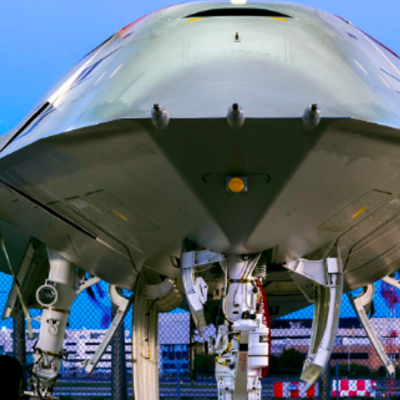
Drones Could One Day Make Up 40% of a Carrier Air Wing, Navy Says
The Department’s new unmanned plan directs focus not just on drones but on their “enabling technologies.”
- Joined
- 9 October 2009
- Messages
- 21,973
- Reaction score
- 13,631

US navy's new $13bn nuclear-powered aircraft carrier 'may not be able to defend itself' from missiles
The Gerald R. Ford is dogged as well by the “poor or unknown reliability” of its aircraft launch and recovery systems, according to a report
- Joined
- 9 October 2009
- Messages
- 21,973
- Reaction score
- 13,631
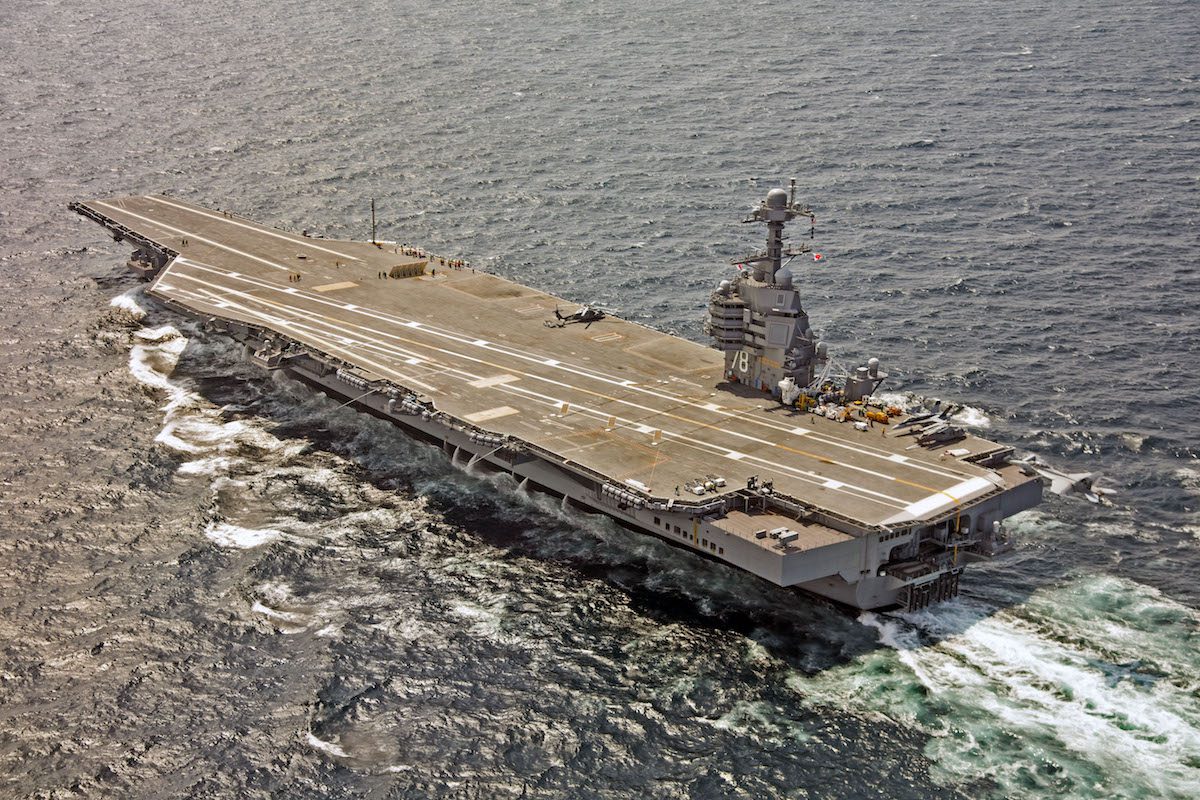
Can The US Navy’s New $13 Billion Carrier Defend Itself?
By Tony Capaccio (Bloomberg) –The combat system for the Navy’s newest and costliest warship, the $13 billion Gerald R. Ford, “has yet to demonstrate that it can effectively” defend the...
 gcaptain.com
gcaptain.com
- Joined
- 9 October 2009
- Messages
- 21,973
- Reaction score
- 13,631
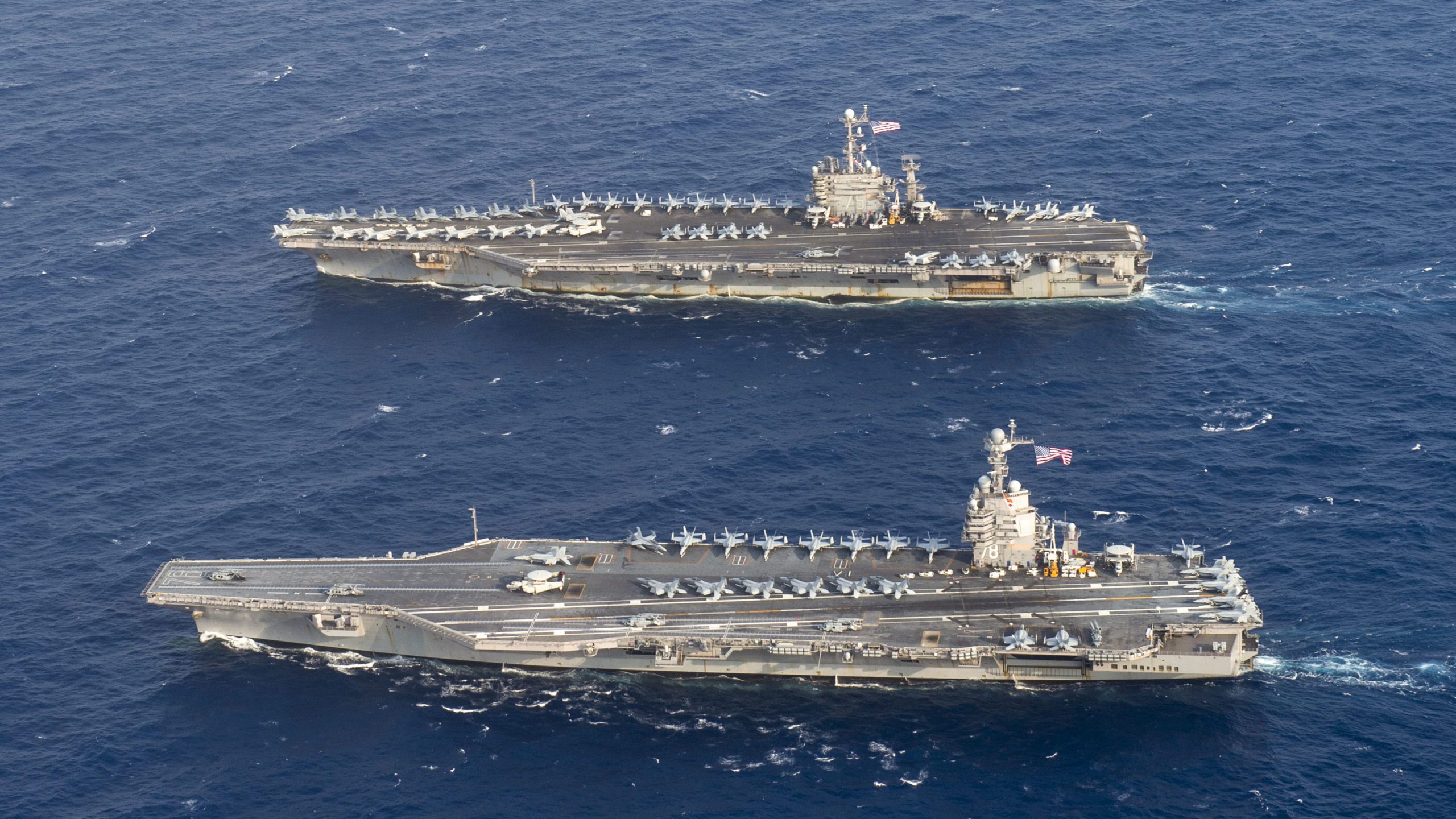
GE Haggles With Shipyard Over Unpaid US Navy Supercarrier Bill
By Tony Capaccio (Bloomberg) Four years after the U.S. Navy’s costliest warship was hobbled by a flaw in its propulsion system, prime contractor Huntington Ingalls Industries and subcontractor General Electric...
 gcaptain.com
gcaptain.com
aonestudio
I really should change my personal text
- Joined
- 11 March 2018
- Messages
- 2,964
- Reaction score
- 7,493

Navy Says Aircraft Carrier Supply Chain Improving; USS Gerald R. Ford to Deploy by Fall - USNI News
The Navy is confident in its supply chain and the availability of spare parts to build and sustain its aircraft carriers, as the lead ship in the Gerald R. Ford class gears up for its first deployment, two service officials said last week. After taking parts from the future USS John F. Kennedy...
- Joined
- 9 October 2009
- Messages
- 21,973
- Reaction score
- 13,631

Spare parts now flowing, as carrier Ford prepares for maiden deployment this year
Though the Navy had to take parts from carrier John F. Kennedy to make first-in-class Gerald R. Ford whole last fall, the Navy says it has enough spares now and won't need to cannibalize in-construction ships to support Ford's deployment this year.
In_A_Dream
ACCESS: Top Secret
- Joined
- 3 June 2019
- Messages
- 672
- Reaction score
- 686
Such a great picture.

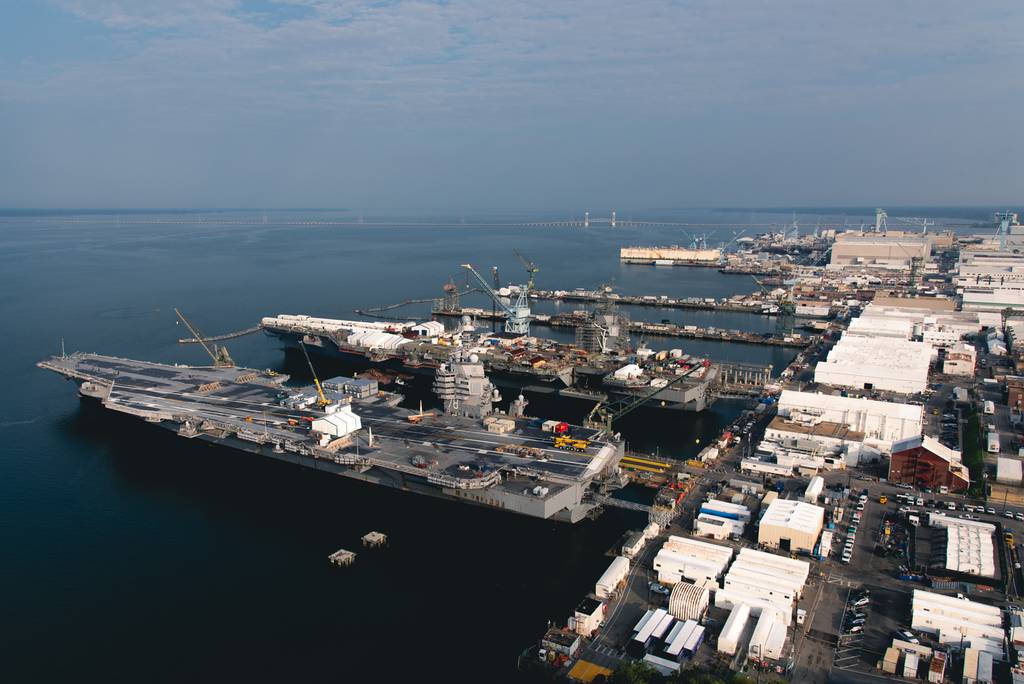
- Joined
- 3 October 2007
- Messages
- 1,960
- Reaction score
- 1,197
You know, looking at this picture reminds me of a big vulnerability we have: There's only one drydock in the world wnere a RICOH on a CVN can be performed. It's not the dock where they build them, that one's smaller. Can you say "prime target"?
- Joined
- 3 June 2011
- Messages
- 18,337
- Reaction score
- 12,239
Two isn't any harder to hit than one. Not saying I think it's a great situation but nobody's gonna pony up the dough for even one more site. One on each coast would be ideal. (Bremerton and Norfolk.)You know, looking at this picture reminds me of a big vulnerability we have: There's only one drydock in the world wnere a RICOH on a CVN can be performed. It's not the dock where they build them, that one's smaller. Can you say "prime target"?
Firefinder
ACCESS: Top Secret
- Joined
- 5 October 2019
- Messages
- 1,048
- Reaction score
- 1,901
Techically Bremerton CAN do RICOH, they do and did work with the other nuke ships like the Subs and the Cruisers in the past when we had them slash did refueling on them.Two isn't any harder to hit than one. Not saying I think it's a great situation but nobody's gonna pony up the dough for even one more site. One on each coast would be ideal. (Bremerton and Norfolk.)You know, looking at this picture reminds me of a big vulnerability we have: There's only one drydock in the world wnere a RICOH on a CVN can be performed. It's not the dock where they build them, that one's smaller. Can you say "prime target"?
As far as I know the gear, if not experaince is still there, we just dont use it as such cause of everyone favorite six letter word.
BUDGET.
aonestudio
I really should change my personal text
- Joined
- 11 March 2018
- Messages
- 2,964
- Reaction score
- 7,493
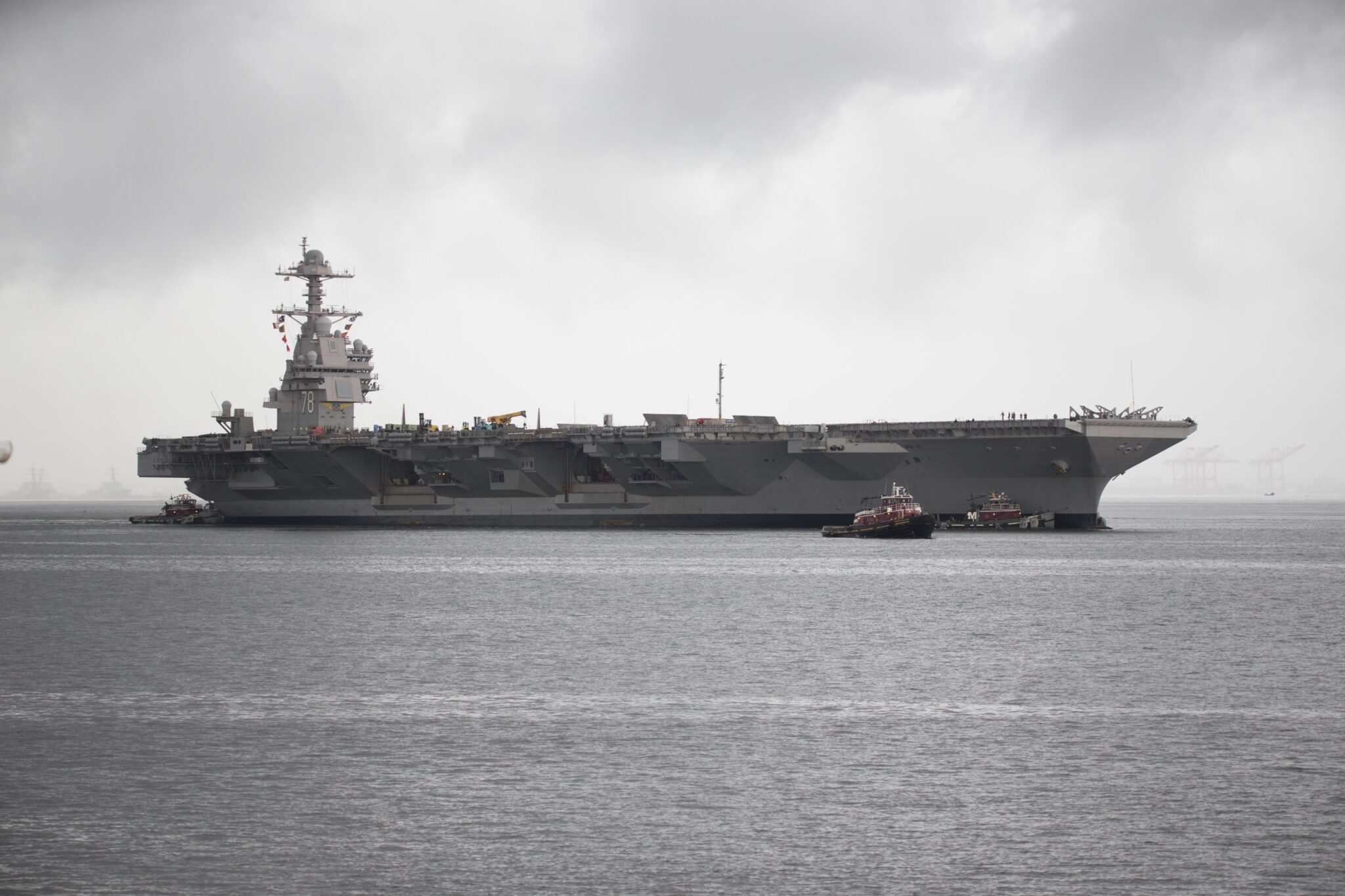
Meier: Ford CVN to Range Widely in the Atlantic for U.S. 2nd Fleet - Seapower
Meier: Ford CVN to Range Widely in the Atlantic for U.S. 2nd Fleet Front Page
Similar threads
-
Third "Gerald R. Ford"-class carrier to be named "U.S.S. Enterprise" (CVN-80)
- Started by Triton
- Replies: 42
-
-
Navy Struggles to Fund SSBN(X), Destroyers, and cost overruns on CVN 78
- Started by Triton
- Replies: 19
-

